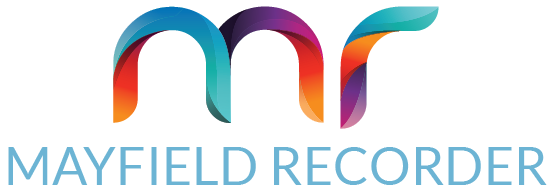
Alnylam Pharmaceuticals Inc. (NASDAQ: ALNY) has won U.S. approval for its drug Givlaari to be used to treat an ultra-rare metabolic disorder. The U.S. Food and Drug Administration (FDA) approved the drug, also known by the chemical name givosiran, based on the results of a study involving 94 patients with acute hepatic porphyria. The company has estimated that around 3,000 people in the U.S. and Europe with the disease might be eligible for the drug based on the approved label.
Acute hepatic porphyria is a genetic mutation that leaves patients unable to produce an enzyme essential for the function of hemoglobin, the red blood cells that carry oxygen throughout the body. As toxins buildup in the body, the patient may experience bouts of stomach and muscle pain so severe that it requires hospitalization. In severe cases, the attacks can lead to mental confusion, seizures, paralysis, and respiratory failure. Existing treatment provides only partial relief from the pain of the attacks.
Givlaari is designed to help those who have frequent attacks, which is about 4 percent of those diagnosed with the condition. The company’s studies showed that those getting the medicine were 70 percent less likely to experience porphyria attacks over six months. Half of the people in one trial showed a complete elimination of the attacks. A significant proportion of the trial participants experienced serious side effects, including chronic kidney disease, a high fever, and abnormal results on liver function tests.
Givlaari is the second-ever drug approved based on the technique known as RNA interference. RNA interference, or RNAi, gives scientists a way to turn off genes that aren’t functioning properly. The FDA approved the first RNAi-based drug, patisiran, last year. Patisiran is also manufactured by Alnylam.
Patients that will be taking Givlaari will need to take it for life. Each vial of the drug will cost $39,000 for a total annual cost of $575,000 per year. Alnylam has suggested that peak revenue for the drug could reach $500 million.
